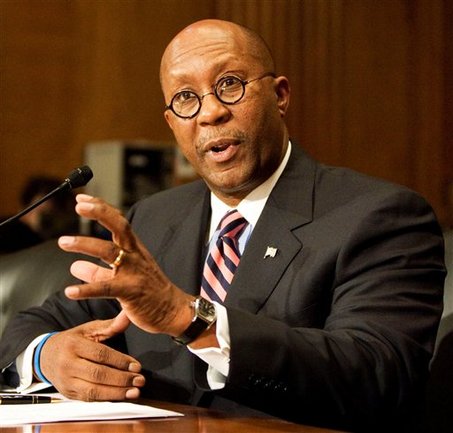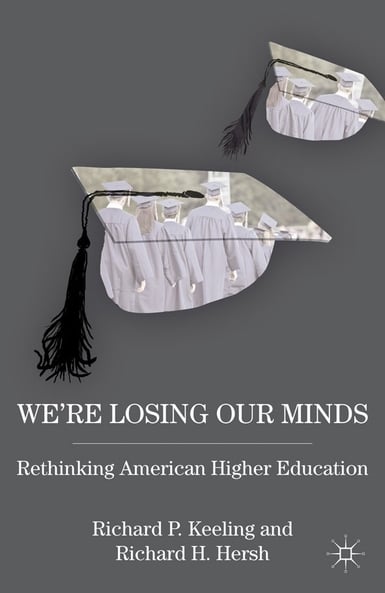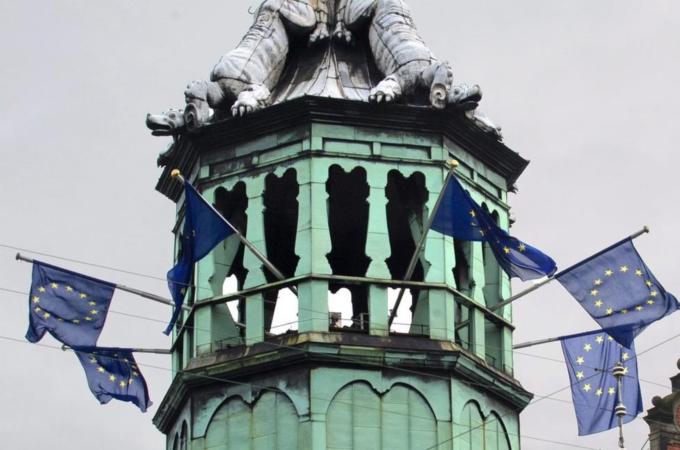By finding common ground on the unlikeliest of issues, could a Tea Party leader and a liberal academic actually help us overcome our criminal-justice impasse? One rustic Italian dinner does not, of course, a revolution make. But Kennedy is right: there is a “larger evolution going on right now.” It’s a transformation that is being fueled in part by penny-pinching, small-government conservatives like Meckler—conservatives who are realizing that it’s far too invasive, expensive, and destructive to continue incarcerating every wrongdoer for every infraction. And because conservative activists don’t have to tiptoe through the toxic crime debate like their office-seeking counterparts—who increasingly take their cues from the grassroots anyway—Kennedy & Co. are starting to believe that a groundswell among Meckler types could be the thing that finally gets criminal-justice reform off the ground.
As the son of an LAPD reserve policewoman turned Nevada County, Calif., corrections officer, Meckler was always primed to be skeptical of the GOP’s tough-on-crime talking points. “Having grown up around law-enforcement folks, I know a large number who are very conservative and still think the war on drugs has been an immense failure,” he says. “That’s not a new position they’ve come to. I’ve been hearing this literally my whole life.”
But it wasn’t until he’d spent some time in the Tea Party, with its obsessive focus on balanced budgets and smaller government, that Meckler realized how well his conservative principles jibed with criminal-justice reform. It was all there, he says: a ballooning tab that was “busting state budgets”; a top-down, one-size-fits-all style of policing and imprisonment that was “making it hard for [former criminals] to become productive members of society”; and communities that had “lost the ability to take care of themselves” because they were “occupied” by agents of the state. “On the right, we always talk about self-governance,” Meckler explains. “So I thought, why haven’t we been applying those ideas to the criminal-justice system?”

















